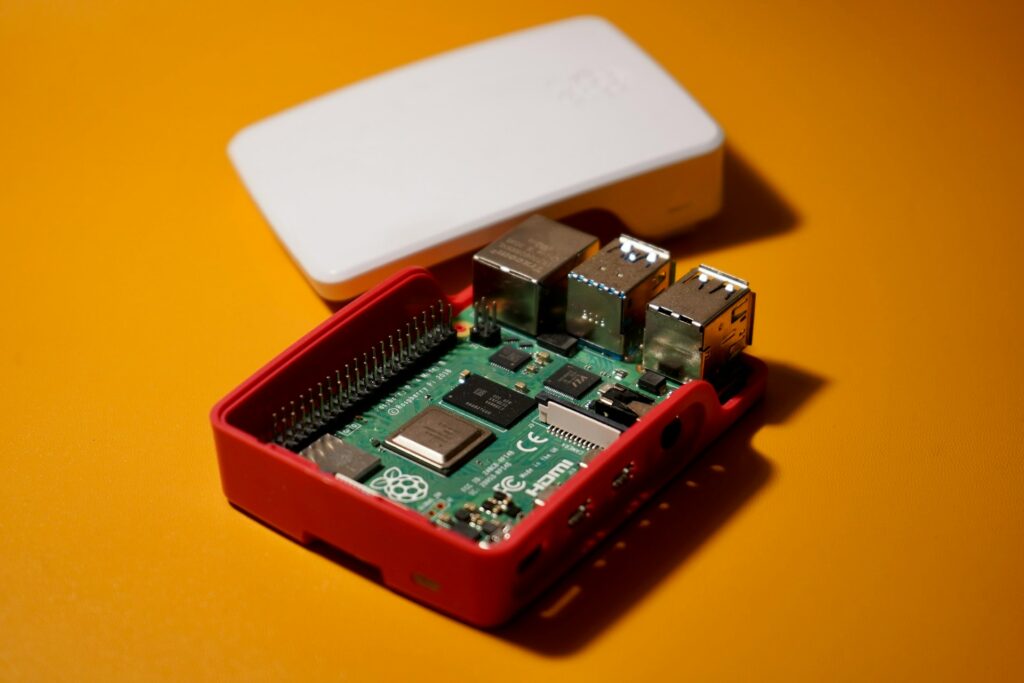The Internet of Things (IoT) has revolutionised various industries, enabling businesses to collect real-time data, improve decision-making, and refine operational efficiency. At the heart of every IoT device is a memory solution that must be carefully chosen to comply with unique requirements and ensure uninterrupted performance. This guide provides a step-by-step process to help you identify the best industrial memory solution for your IoT device, considering factors such as storage capacity, performance, data security, endurance, and other industry-specific demands.
From understanding the intricacies of different memory technologies to considering the specific needs of your application, we will walk you through the crucial aspects of selecting the ideal memory solution to support your IoT device’s success. Follow our comprehensive guide as we explore various factors, discuss practical considerations, and provide expert insights to help you make informed decisions in choosing the right industrial memory product tailored to your IoT device’s requirements.
1. Understand the Different Types of Memory Technologies
The first step in identifying the best industrial memory solution for your IoT device is to understand the various memory technologies available. Each type of memory has its advantages, drawbacks, and ideal use cases, making it crucial to select the best fit for your application. The most common memory types used in IoT devices include:
– NAND Flash Memory: Non-volatile storage, widely used in IoT devices, SSDs, and memory cards. NAND Flash memory comes in several subtypes – Single-Level Cell (SLC), Multi-Level Cell (MLC), and Triple-Level Cell (TLC). SLC provides the highest endurance, reliability, and speed, making it well suited for industrial applications. MLC and TLC offer higher storage capacities and cost efficiency at the expense of reduced endurance and performance ([source](https://www.allaboutcircuits.com/technical-articles/overview-of-the-frequencies-and-bands-used-in-iot-wireless-communication/)).
– EEPROM (Electrically Erasable Programmable Read-Only Memory): Non-volatile memory used for storing small amounts of data that require frequent updates and long retention periods. EEPROM has relatively low endurance compared to Flash memory but offers more write/erase cycles than traditional Read-Only Memory (ROM).
By learning the differences between memory technologies, you can make an informed decision on which type of memory best fits your IoT device’s needs.
2. Consider Storage Capacity Requirements
The storage capacity is another crucial aspect to consider when selecting a memory solution for your IoT device. Determine how much data your device will generate and store, taking into account factors such as communication frequency, sensor data size, and data retention policies. Estimating your IoT device’s storage requirements will guide you in selecting a memory solution with the appropriate capacity to accommodate your application’s demands.
Additionally, while higher storage capacities are attractive for future scalability, it is essential to balance capacity requirements with other factors such as cost, performance, and endurance limitations.
3. Evaluate Performance Metrics
Performance metrics such as read/write speeds, latency, and input/output operations per second (IOPS) play a critical role in ensuring your IoT device operates seamlessly. Consider the performance requirements of your application, evaluating how crucial data transfer rates and IOPS are in your IoT device’s functionality.
For industrial applications with real-time or mission-critical data processing requirements, selecting a memory solution with high-performance metrics is paramount. However, in low-power or cost-sensitive applications, moderate performance levels may be sufficient.
4. Examine Data Security and Encryption Features
IoT devices often handle sensitive information, making data security and encryption features pivotal in preventing unauthorised access or data breaches. Evaluate the security features offered by potential memory solutions, such as data encryption, secure boot, password protection, and write protection.
Furthermore, consider memory solutions that comply with industry-specific security standards or certifications. Incorporating robust data security measures into your memory selection will not only protect your valuable information but also help build trust with your device’s end-users.
5. Assess Endurance and Data Retention Capabilities
Endurance refers to the number of read/write cycles a memory solution can withstand before experiencing degradation in performance or data loss. IoT devices in industrial applications must be capable of operating reliably over long periods, requiring memory solutions with high endurance and prolonged data retention capabilities.
To address this requirement, consider memory solutions that offer advanced NAND Flash technologies, like SLC NAND, known for their superior endurance and data retention characteristics. It is also advisable to investigate the manufacturer’s warranties and guarantees as a measure of their confidence in the memory solution’s endurance capabilities.
6. Determine Compatibility and Hardware Requirements
When selecting an industrial memory solution, it is essential to ensure compatibility with your IoT device’s hardware, software, and communication protocols. Investigate aspects such as physical dimensions, connector types, operating voltages, and communication interfaces of the memory solutions in consideration to verify seamless integration with your existing or planned IoT device design.
7. Evaluate Environmental Resistance
Ensure your desired memory solution can withstand harsh environmental conditions such as extreme temperatures, vibrations, dust, and moisture. Industrial environments often pose these challenges, and your chosen memory solution must be able to operate reliably in such conditions to maintain successful IoT device operation.
For example, prefer memory solutions with high Ingress Protection (IP) ratings or temperature tolerances that align with your application’s expected environmental conditions. Ensuring that the memory solution can withstand the specific environmental stressors relevant to your IoT device is crucial to maintain its performance and longevity.
8. Factor in Cost and Availability
Finally, consider the cost of the memory solution and its long-term availability when making your selection. Balancing cost with performance, endurance, and environmental resistance is essential. Ensure that the chosen memory solution not only meets your technical requirements but is economically viable and readily available over the device’s anticipated lifespan.
Selecting an industrial memory solution for your IoT device requires a careful analysis of various factors discussed above. By the end of this step-by-step guide, you should be well-equipped to make an informed decision on the optimal memory solution tailored to your IoT device, ultimately ensuring its success in any industrial application.
Secure Your IoT Device with Nexus
Selecting the right industrial memory solution for your IoT device is a crucial step in ensuring optimal performance, reliability, and security in demanding applications and environments. By understanding different memory technologies, determining storage capacity requirements, evaluating performance metrics, and considering factors such as data security, endurance, compatibility, environmental resistance, and cost, you can confidently choose the ideal memory solution tailored to your IoT device’s unique needs.
Partner with Nexus Industrial Memory to leverage our extensive experience and expertise in providing memory solutions for a wide range of industries and applications. Contact our team of experts today to discuss your specific IoT memory requirements and discover a reliable, high-performance memory solution that will help you achieve success in your IoT implementation. Trust in our commitment to excellence and innovation in delivering robust memory solutions for even the harshest industrial environments.

